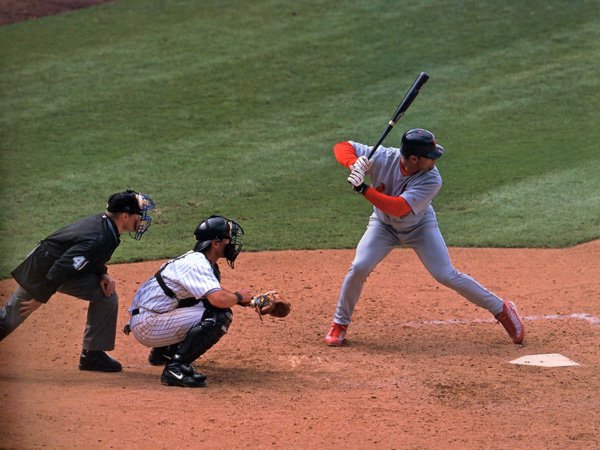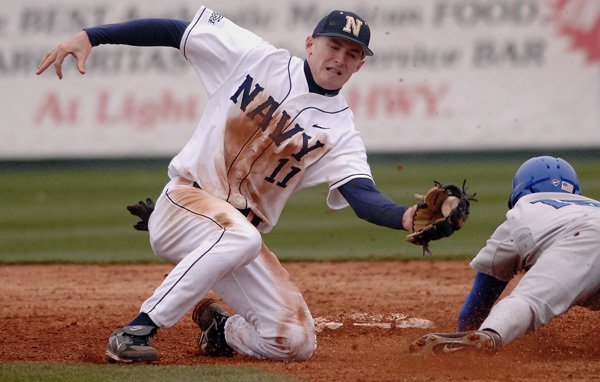Fishing On Prince Of Wales Island
Prince of Wales Island and surrounding marine waters offer an excellent opportunity for both saltwater and freshwater fishing. The extensive road system provides access to coastal areas, as well as many streams, rivers, and lakes.
Almost all fish present in the waters of Prince of Wales Island are "wild." However, there are a couple of hatchery programs on the island.
The Southern Southeast Regional Aquaculture Association produces several runs of hatchery-bred fish. Coho salmon return during June/July to the short section of stream at the Neck Lake outlet, on the northeastern portion of the island, near Whale Pass. Luck Falls Sockeye salmon also return to this area. Summer-run chum salmon return to the Kendrick Bay area near the southeastern corner of Prince of Wales Island.
The Prince of Wales Hatchery Association has a hatchery facility near Klawock. It produces both coho and sockeye salmon that return to the Klawock River.
The Alaska Department of Fish and Game regulates all sport fishing. Be sure to check the regulations and purchase the necessary license before you fish. You can buy a license online from Alaska Department of Fish & Game (ADF&G), or purchase one at a tackle shop or convenience store in one of the larger communities. Often lodges and outfitter and guides do sell licenses. Note: Some stores close on Sunday, or are only open between 9:00 AM to 6:00 PM, so plan accordingly.
Don't forget your camera, and remember to dress in layers with clothing, as hypothermia can kill. Rain gear is a must, and hip boots and chest waders should be considered when fishing rivers and streams. When fishing in freshwater make sure you have insect repellent and be aware of bears.
Please help us protect aquatic resources for future generations to enjoy and use by only harvesting what you really need. Please don't litter, and remember "pack it in, pack it out."
The Alaskan Office of Subsistence Management website has information on current Subsistence regulations and use determinations for the harvest of fish and shellfish on federal public lands and waters in Alaska by local residents.
Coho (silver) salmon, sockeye (red) salmon, pink (humpy) salmon, and chum (dog) salmon are present in freshwater, along with steelhead, rainbow and cutthroat trout, and Dolly Varden char.
King salmon do not spawn in streams or rivers on the island, but occasionally do stray into them. Most of the drainages on Prince of Wales Island contain spawning runs of either coho, pink, or chum salmon, as well as cutthroat trout, and Dolly Varden char.
Steelhead (sea run rainbow trout) and sockeye salmon are often present in drainages that have lakes. Generally, fish that people catch and call rainbow trout are really young steelhead that migrate to saltwater. Resident, freshwater dwelling rainbow trout are found upstream of falls that are barriers to sea run fish and sometimes found in lakes.
Thorne RiverFreshwater fish species are typically sought after from March through October depending on the species. The timing of fish runs can vary from drainage to drainage, and from year to year depending on rainfall and streamflow levels. Some drainages may deviate as much as a month on either side of this schedule.
Most communities have lodge operations or outfitter and guide services for freshwater fishing, and information can be found on the internet.For the do-it-yourself angler, there are the choices of bringing your own vehicle to the island on the ferry system, or renting a vehicle on the island to explore the many rivers, streams, and lakes. Road turnouts along streams and rivers often have unimproved, primative trails leading to fishing holes. You could bring your own canoe or kayak to fish from, or rent one in the larger communities. Forest Service rental cabins are typically located on lakes, and a john boat with oars is generally included in the rental fee.
Lures are generally used to catch salmon, trout, and char in freshwater. The use of bait is allowed only from September 15 to November 15. Only unbaited (no scents), artificial lures may be used during the remainder of the year. In fall-run steelhead drainages and high-use cutthroat trout lakes, only unbaited, artificial lures may be used year-round; bait is prohibited.
Spin fishing
Suggested gear:
Species
Rod
Line weight
Lures
Salmon
Medium to medium heavy
10-12 lb
Size 3-5 spinners,
>¼ oz spoons
Steelhead
Medium to medium light
8-10 lb
Size 2-3 spinners,
1/8-¼ oz spoons
Trout, char
Light
4-8 lb
Size 0-2 spinners,
¼ oz spoons
Fly fishing
Suggested gear:
Species
Rod
Flies
Salmon 8-9 weight
Brightly colored, fluorescent, and
dark colored flies (size 2/0-4)
Steelhead 8-9 weight
Brightly colored, fluorescent, and
dark colored flies (size 4-8)
Trout, char 5-6 weight
Brightly colored to dark flies
(size >10)
Sockeye salmon are notoriously closed-mouthed; however, smaller lures and flies will draw strikes from these finicky fish. Fly patterns for salmon, trout, and char can be found in numerous books and on the internet.
Whichever method you use to catch a salmon, trout, or char, you should consider having an adequate supply of tackle with you, as lures will be lost, and tackle shops may be great distances from where you are fishing.
Marine waters surrounding Prince of Wales Island support all five species of Pacific salmon as well as halibut, lingcod and rockfish. Common shellfish are Dungeness crabs and shrimp, with the occasional Tanner or King crab found in the crab pot. Most communities have either skiff rentals, or lodge and charter operations that offer saltwater day trips. Another option might be to try fishing from the shoreline along the coast or from a kayak. Saltwater fish species are usually pursued from May through September depending on the species. Dungeness crab and shrimp are taken year-round.
Saltwater fishing for cohoMost anglers catch salmon in salt water while trolling bait (usually pacific herring). Another technique is to find a school of salmon and work a lightly weighted jig or bait in the water column using an up-and-down motion called "mooching." Fishing for halibut typically involves "soaking" a bait or jigging a heavier weighted lure just off the bottom of the sea floor. Lingcod and rockfish are also caught this way, but often rockfish will intercept the bait or jig as it is dropping to the sea floor.
Lures For Muskie Fishing
Fishing The Hungry Horse Reservoir


